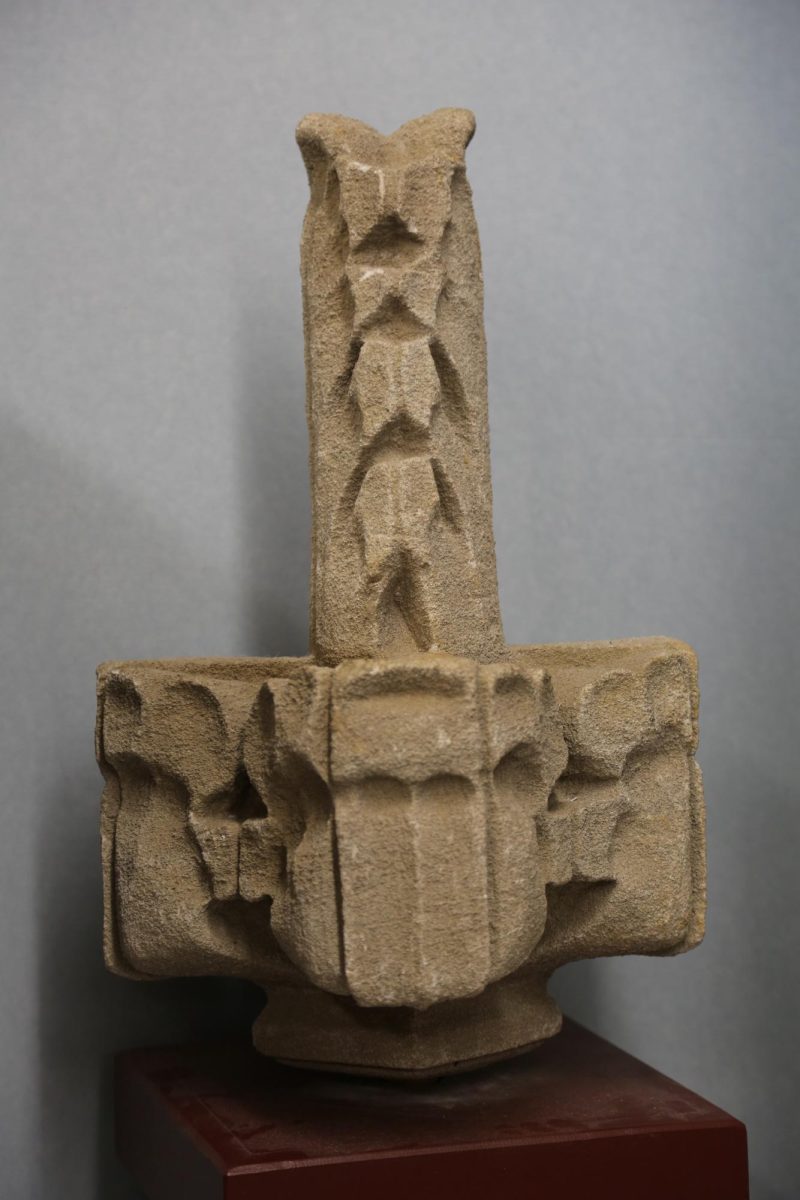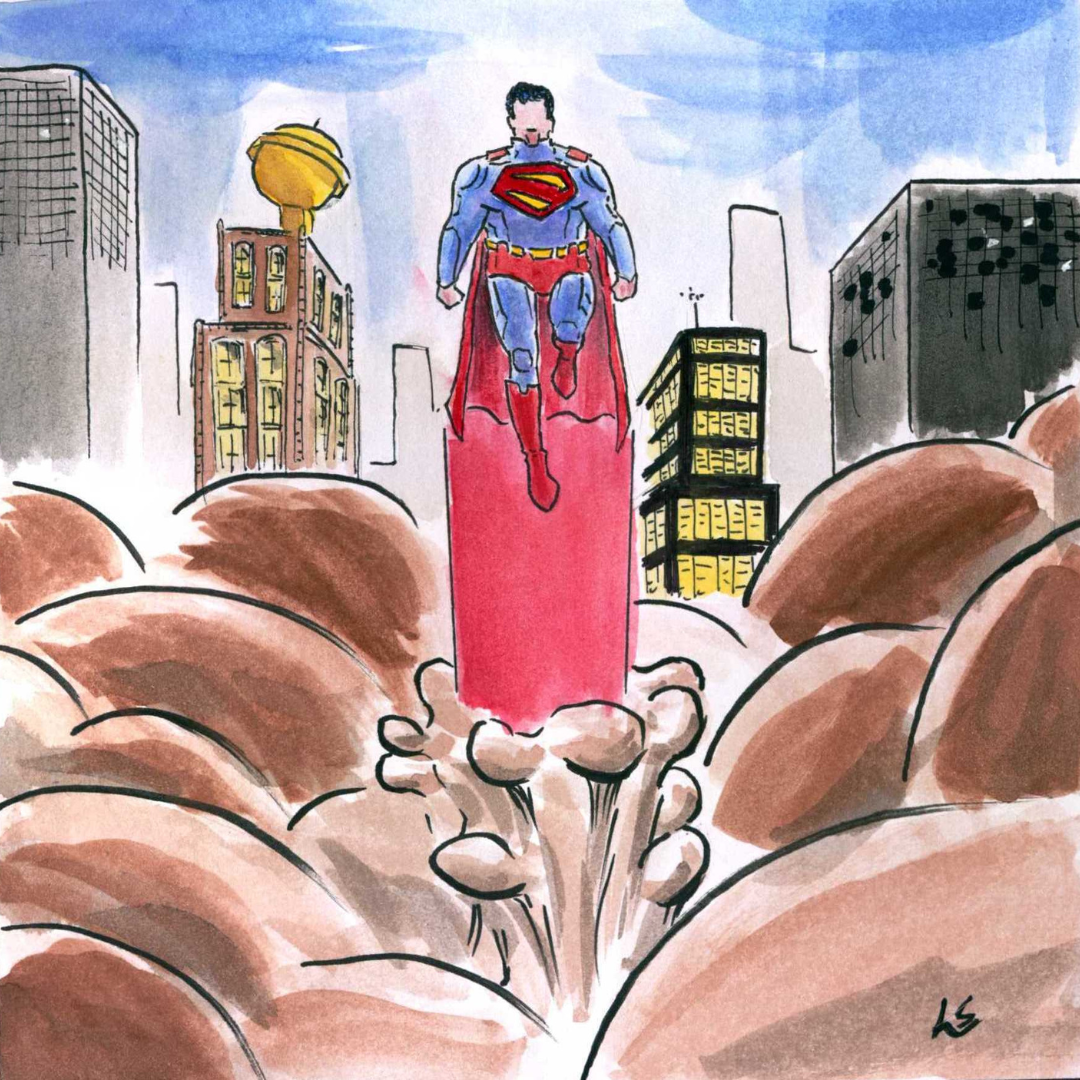Barbelin Hall, or Barb as it is affectionately known on Hawk Hill, was the first building on St. Joe’s new-at-the-time City Avenue campus in the late 1920s.
The university was originally located near Old St. Joseph’s Church in Old City but moved to the current Hawk Hill location in 1927 after the construction of Barbelin was finished. Built of limestone and schist rock from nearby Wissahickon, Barbelin’s architecture represented the university’s attempt at making the collegiate gothic style more modern, according to Carmen Croce ’71, director of St. Joe’s university press. But there was another message as well.
“They were trying to indicate what the mission of this place would be,” Croce said. “This is a first class institution, and the arts and sciences are our métier.”
The building’s dedication in November 1927 included aviator Charles Lindbergh and ambassadors from all over the world. President Calvin Coolidge and Pope Pius XI also sent congratulatory letters.
A large piece of Barb is located in the St. Joe’s Archives. At 22 inches tall and 14 inches wide, the piece is a “pinnacle,” the stone top of one of the columns on Barb’s bell tower. Made out of limestone with similar gothic carvings to those found all over Barb, it has a round stone base with a column rising from it and is mounted to a rectangular wooden platform.
Sometime in the 1990s — Croce did not remember exactly when — it fell from the sky but didn’t break. A true Jesuit miracle!
“Luckily, nobody was under it,” Croce said.
Lesley Carey, St. Joe’s archivist, said the library acquired the piece in 2013, along with a number of other objects.














































